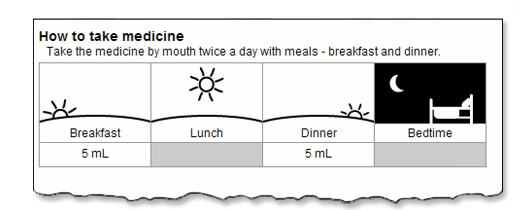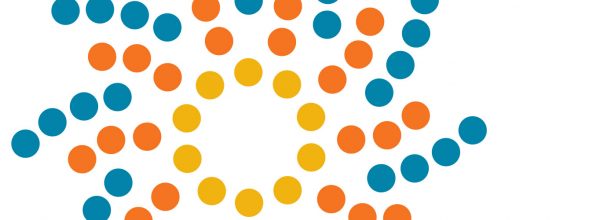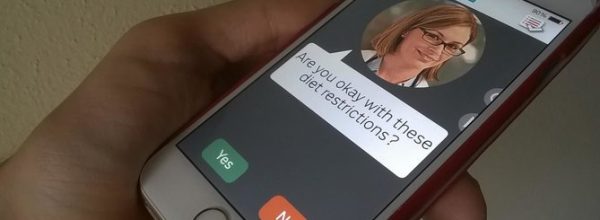
Chris, a primary care patient, presented with a case of contact dermatitis that had not been resolved for several weeks. Chris thought (and hoped) that the persistent itch would go away on its own. And if it did, he would not have to figure out how to cover the co-pay for the office visit. Unfortunately, the itch continued with no relief so Chris found himself in the doctor’s office.
“No worries, Chris, this is a common condition and easily treatable with a topical.” The doctor wrote a prescription that said, “triamcinolone acetonide topical, AAA, BDS.”
Chris happily checked out of the clinic and asked the staff member, “Do you know where the nearest AAA office is located? My prescription says I need to go there.” Suppressing a chuckle, the office staff member replied, “AAA means, ‘apply to affected area’ and BDS means, ’twice daily.’”
Do you recognize your patients in Chris?
We are very efficient in detailing patient instructions. Except it’s only in a language that healthcare insiders understand. It saves time and is unambiguous, but it may also defeat its ultimate purpose of helping our patients heal. Furthermore, many of our patients do not speak English as a first language. Some do not speak English at all and require interpretive support from family and friends.
Medication adherence is a critical component to resolving a patient’s problem. When patients are unable to follow the prescribed regimen, they inevitably have to come back. Many times this failure results in a visit to the emergency department or admission to a hospital.
Consider the time and cost involved in not communicating medication instructions clearly. What if you could give your patients medication information in their native language at a literacy level that they would be able to understand? Medication adherence would improve. Outcomes would improve.
Meducation, developed by Polyglot Systems, has been piloted by our Technology Hubs over the past year tackling this exact problem. Meducation offers ethnically appropriate drug information labels that can be understood by people with all reading comprehension levels.
You can read more about Meducation and the Technology Hubs pilots in this great recent California Healthline article. We thought we’d share our own inside insight into this project. Here’s what the Hubs who tried Meducation learned:
- Providers and staff improved the education process with patients and reduced the required staff time.
- Patients immediately recognized and appreciated the information in plain language. Adherence improved.
- For a cohort of high-risk inpatients, readmission rate was reduced from 26% to 8%.
When we see things through the eyes of our patients and adopt processes and technologies that address their specific needs, the entire delivery system improves at reduced cost. If you are interested in learning more, look at your care delivery and patient education processes through the patient’s eyes. Use what you learn to specifically find ways to address their needs.




